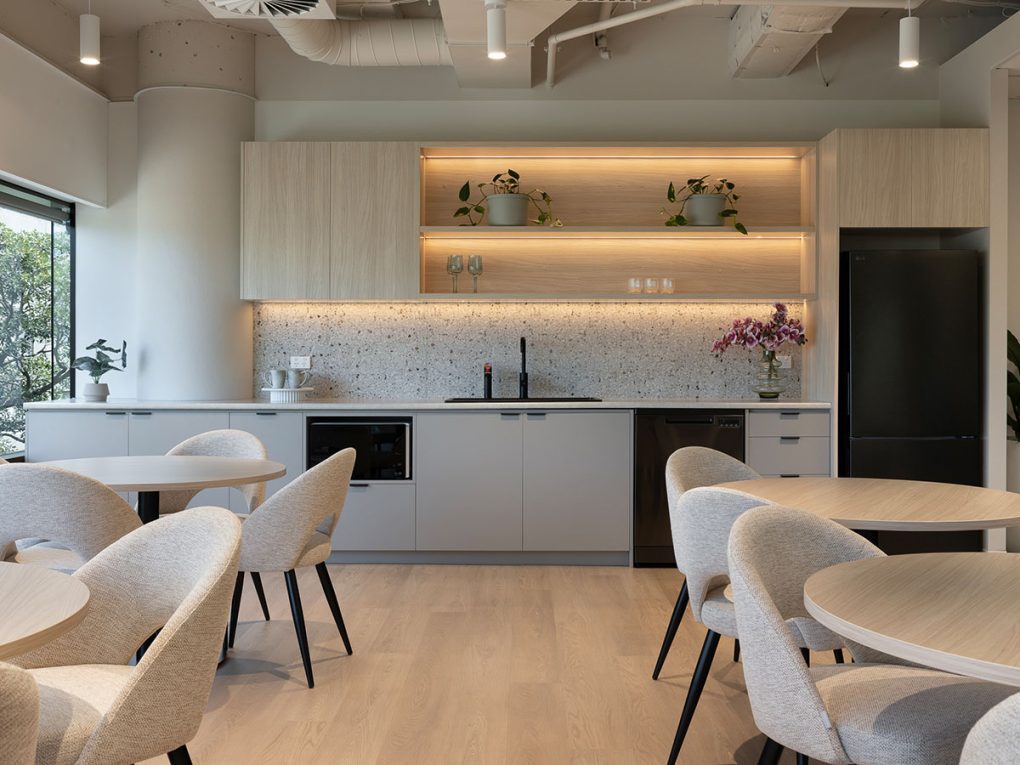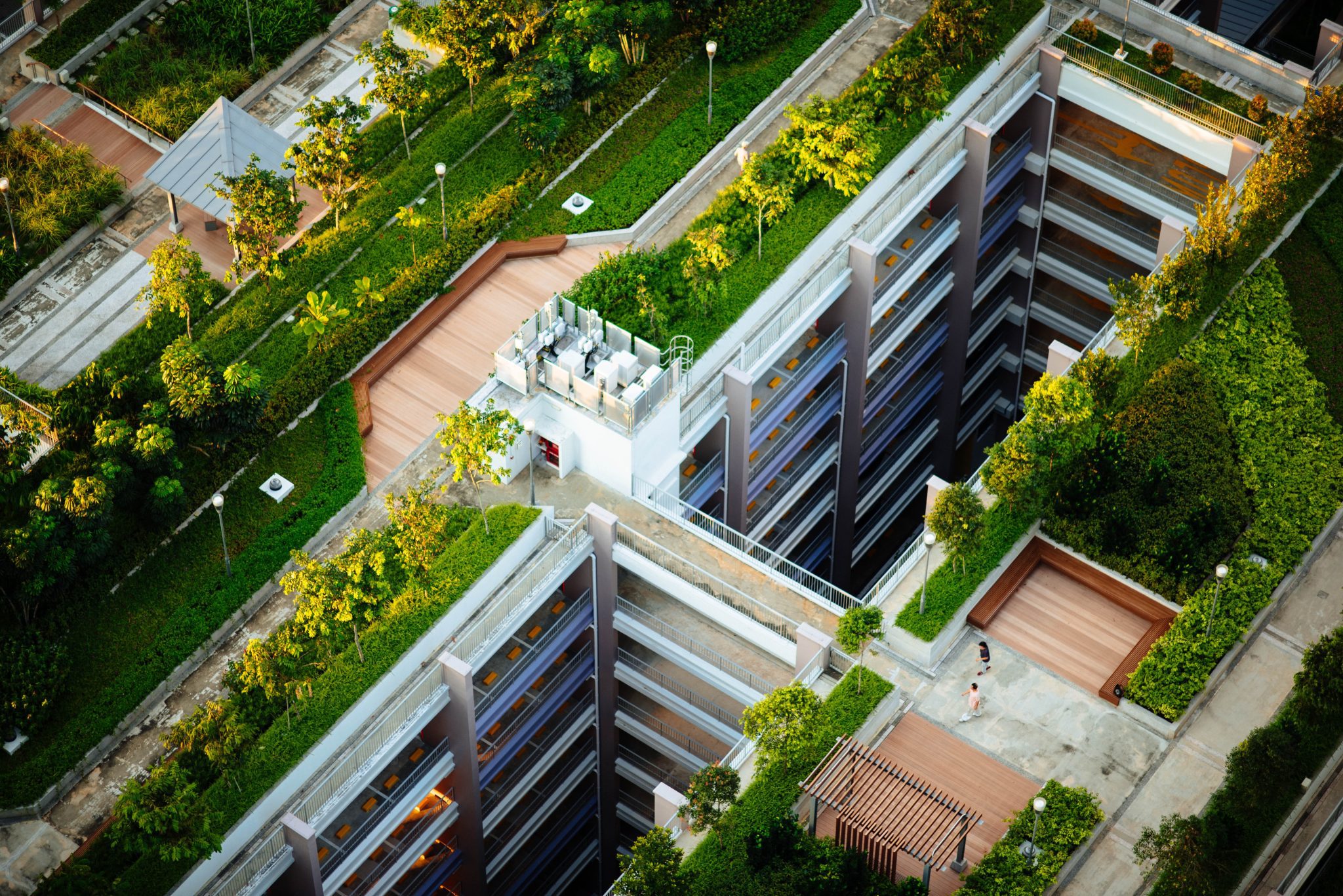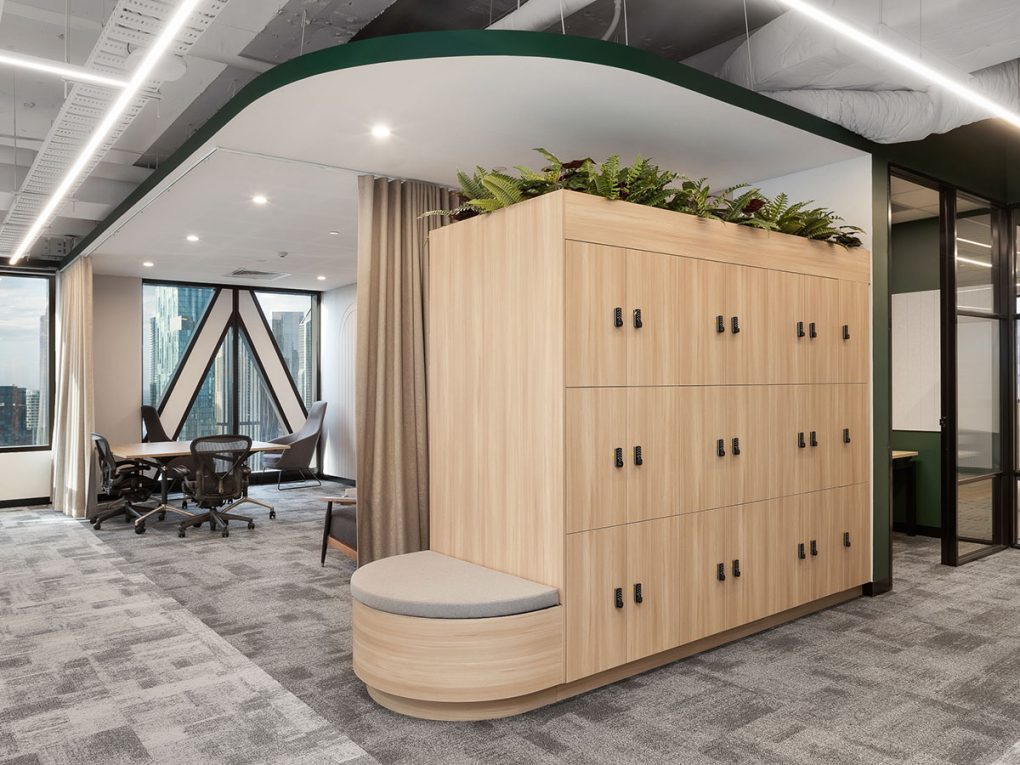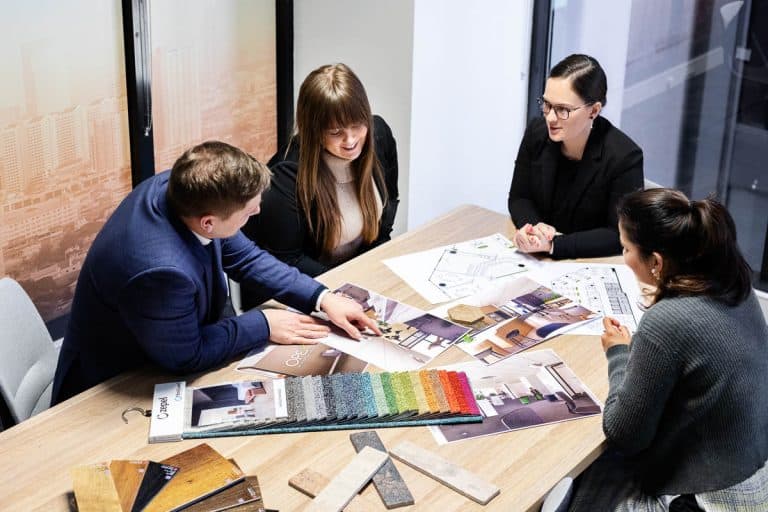In recent years, there has been an increasing focus on sustainability, with individuals, companies, and governments alike recognising the need to take action to protect our planet. One area where sustainability is particularly important is in the workplace. Here’s why it matters and how your company can achieve it.
Why Sustainability Matters in the Workplace
There are a few key reasons why sustainability is important in the workplace. First, it can help to reduce the environmental impact of your business. This includes reducing waste, using resources more efficiently, and minimising the use of non-renewable resources. By doing this, you can help to reduce your carbon footprint and contribute to a healthier planet.
Second, sustainability can also help to improve your company’s bottom line. By reducing waste and using resources more efficiently, you can save money on energy and other costs. Additionally, customers and investors are increasingly looking for companies that prioritise sustainability, so investing in this area can help to attract and retain customers and investors.
Finally, sustainability can also improve employee satisfaction and retention. Many employees today are looking for companies that share their values, and prioritising sustainability can help to create a more positive and fulfilling workplace culture.
Sustainable Design
Sustainable design is an important element of creating a sustainable workplace. By designing workplaces with sustainability in mind, companies can reduce their environmental impact and create a healthier workspace for employees. Some key elements of sustainable design include:
- Using eco-friendly materials, such as those made from recycled or renewable materials.
- Designing buildings and workplaces that are energy-efficient, with features like high-efficiency lighting and heating and cooling systems.
- Incorporating green spaces, such as rooftop gardens or living walls, which can improve air quality and provide a natural space for employees to relax and recharge.
Sustainability in the Building
Sustainability in the building itself is an essential aspect of creating a sustainable workplace. Companies can focus on sustainability when constructing or renovating a building by considering the building’s environmental impact and energy consumption throughout its entire lifecycle.
One way to achieve this is through the adoption of sustainable rates, which are energy and environmental performance standards for buildings. These rates can help companies to reduce their energy consumption and greenhouse gas emissions, lower operating costs, and improve the health and well-being of employees.
Other ways to promote sustainability in the building itself are mentioned above – choosing sustainable building materials made from recycled or renewable materials, designing buildings that use energy-efficient systems such as solar panels or geothermal heating and cooling, and incorporating water conservation measures such as low-flow fixtures or rainwater harvesting systems. By focusing on sustainable rates and other sustainable building practices, companies can make a significant contribution to creating a more sustainable workplace and a healthier planet.
Sustainable Fitout
Sustainable fitout refers to the process of constructing and furnishing the interior of a building in a sustainable way. This can include a range of elements, such as:
- Using eco-friendly building materials, such as recycled or renewable materials, continuing on from sustainable design.
- Reusing existing components or materials, rather than buying new ones.
- Incorporating sustainable design elements, such as energy-efficient lighting or high-efficiency heating and cooling systems.
- Considering sustainability in the supply chain, by working with suppliers that prioritise sustainability and eco-friendliness.
By focusing on sustainable design, sustainability in the building itself, and sustainable fitout, companies can make significant progress towards creating a more sustainable workplace. Not only will this benefit the planet, but it can also improve your bottom line and create a more positive workplace culture.




